SDE Exclusive: Tears For Fears on the making of Sowing The Seeds of Love
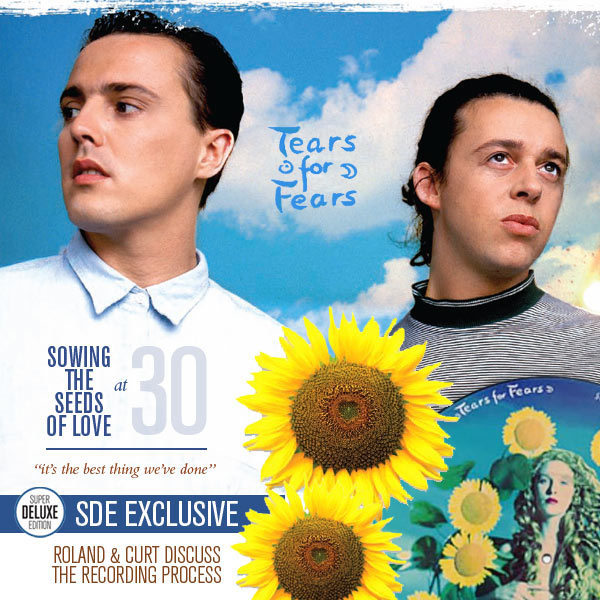
Tears For Fears’ single ‘Sowing The Seeds Of Love’ was released 30 years ago today. To mark the occasion, SDE publishes an exclusive interview with Roland Orzabal & Curt Smith – and producers Chris Hughes and Dave Bascombe – on the song’s genesis & the recording process.
Before we get to the interview, first a preamble…
Sowing The Seeds of Love nearly became Tears For Fears‘ third US number one, but the single ultimately stalled at number two. In the UK, the song entered the singles charts at number nine (for the chart week ending 2 September 1989). It rose to a peak of number five and during its nine week residency, TWO different ‘Jive Bunny’ singles went to number one (God help us). In between them, Black Box’s ‘Ride On Time’ parked up at the top spot, pulled on the handbrake, turned off the engine and remained there for six weeks.
‘Sowing The Seeds Of Love’ would be the only single to precede Tears For Fears’ third album The Seeds Of Love (by contrast the record label issued four singles before 1983’s The Hurting and two prior to 1985’s Songs From The Big Chair) although three more would follow (in the UK): ‘Woman In Chains,’ ‘Advice For The Young At Heart’ and, rather apologetically a year later, ‘Famous Last Words’.
The Seeds of Love sessions took the best part of three and a half years and cost a fortune. The album heralded a more ‘organic’ sound, with respected session musicians brought in, such as Pino Palladino (best known for that bass sound on Paul’s Young‘s ‘Wherever I Lay My Hat’), drummer Manu Katché and percussionists Luis Jardim and Carole Steele. This was also the long-player that introduced the world to the talents of American soul/gospel singer and pianist Oleta Adams. Oleta made high profile contributions to a number of tracks, notably ‘Woman In Chains’ and ‘Badman’s Song’.
The recording sessions were like a graveyard for producers and previous collaborators. Ian Stanley, co-writer of more than HALF of Songs From The Big Chair (including ‘Shout’ and ‘Everybody Wants To Rule The World’) left early on, along with Big Chair producer Chris Hughes (who came back later and then left again!). Fresh blood was brought in in the shape of Clive Langer and Alan Winstanley only for them to fail to deliver the sound Roland and Curt required and leave after some short and unfruitful sessions. After more toing and froing, the record label – possibly at their wits end – let the band produce themselves, with Dave Bascombe engineering and eventually putting in so many hours that he earned a co-producer credit.
The album version of ‘Sowing The Seeds Of Love’ runs for 6.19 while the UK seven-inch version was a still lengthy 5.43. Remarkably, a US Radio Edit managed to snip the song down to 4.04 by literally chopping a full two minutes from the middle (all the good bits). It’s that version the group mimed to on BBC TV’s Wogan on 23 August (see below). The 12-inch single used the ‘full version’ from the album – there was no remix. As well as the seven and 12-inch vinyl, there was a 12-inch picture disc, a CD/V single and a cassette single. The B-side ‘Tears Roll Down’ was largely instrumental and later reworked by Roland into ‘proper song’ ‘Laid So Low (Tears Roll Down)’. The 1992 compilation which included this new song also took its name from the Sowing The Seeds Of Love B-side (it was called ‘Tears Roll Down (Greatest Hits 82–92)’.
But we digress. Without further ado, here’s some exclusive insight into the song from its creators. So let’s hear what the the protagonists themselves have to say about Sowing The Seeds Of Love…
Roland Orzabal: It was a very different sound for Tears for Fears, that was the most important thing. It was crucial that we didn’t come back with the typical Eighties pop. At the time, Radio One was changing, it was the Stock Aitken Waterman years. I was getting older and I’d stopped listening to Radio One.
Chris Hughes [producer]: It’s an amazing song. I remember when Roland first played it to me. It was quite jangly, very ‘60s, sort of blonde-girl-jumping-off-a-red-bus-in-Trafalgar-Square type imagery. It was very poppy and jolly, but I felt it could be much more like ‘A Day In The Life’, or something mature Beatles period. I took the opening chord progression home to my ‘lab’ and did a slightly distorted electronic piano, put that radio transmission sound at the front and did a Ringo style drumbeat. Roland really liked that and we worked on it and made it slightly more Beatlesy than it was. But I remember him writing sections, and sections being removed and moving sections into different orders. By the time we got to actually record it, there’d been so many alterations and variations it was actually quite complex, hacking through the track.
Roland Orzabal: I was driving up from Bath, to London, listening to Radio 4. There was a program about a guy who was going around trying to unearth all these traditional songs and he would write down the lyrics. One of the songs he unearthed was ‘The Seeds of Love,’ that he’d heard about from a gardener called Mr England. And I thought ‘wow, Mr England, sowing the seeds of love’ and from that I just wrote the thing. Also, there was a piece of graffiti across from my house, in England’s Lane (in North London) and all it said was ‘I love a sunflower.’ Don’t ask me what it means or what it meant, but I managed to get it in the song. I was also reading for the first time books like Marxism for Dummies, Thatcher for Dummies, all those “…for Dummies” books and ‘A Brief History of the Working Class’. I was getting a little anti-government and for the first time quite political, in a left wing way.
Dave Bascombe [engineer/co-producer]: Originally the track was written to this little beat box, to a drum machine which had a very different flavour, a much more hip hoppy Prince-style thing and I got a bit obsessed with that. It made it much more contemporary in the terms of the Eighties but then it took on much more of the obvious Beatles direction.
Chris Hughes: When you are working on a track like that, people tend to be quietly confident. Curt came in and started singing the actual, slightly nursery rhyme ‘Sowing The Seeds of Love’ chorus. I think Roland loved the fact that he’d come in, in the middle of this big work, with something quite childlike. I don’t mean that disrespectfully, I mean genuinely childlike and brilliant.
Curt Smith: As far as production goes it’s the best thing we’ve done. Without doubt there was a feeling it was going to be a big song. Initially, there may have been some reservations about how Beatlesy it was, but we got through that by just embracing it and making it obvious and not trying to hide it.
Sowing The Seeds Of Love performed on BBC TV’s ‘Wogan’
Chris Hughes: There was a fantastic floaty, reflective, trippy section. Essentially the lyrics were something like ‘half a dollar, half a crown, half a Guinness, going down.’ It was a beautiful Londonesque, tripped out imagery, and that section got cut out. There were lots of blocks and Roland kept bringing new bits in.
Roland Orzabal: ‘Sowing the Seeds of Love’ was on my Fairlight [cutting edge digital synthesizer, sampler and digital audio workstation] and I would sing the whole thing and then we went in to record the track live, with Chris [Hughes] on drums. Ian Stanley came back in to do Hammond, Curt on bass and me on Wurlitzer piano and vocals. We went into the Townhouse [studios] and played the track I don’t know how many times – quite a lot – but we didn’t have a click track. At the end of the day when Chris was trying to splice the drums together, it just wasn’t possible.
Curt Smith: We wanted it to slowly speed up, but you had to do that to the click track too, so everyone could play to it and then we’d edit to it afterwards, and put things in time. It was a long process.
Roland Orzabal: It was one of those, ‘it’s going to sound organic, it’s going to sound like The Beatles’, blah, blah, blah. But anyway, after that disaster, we listened to ‘I Am the Walrus’, and we copied the track tempo.
Dave Bascombe: It was a lot of editing but it was workmanlike in the Songs From The Big Chair manner. We had a vision for it, Chris was there, and it was all very positive and had a bit of direction to it. Although it is massive and sounds huge and there’s a lot going on, it’s all very disciplined and organised compared to some of the other stuff [on The Seeds of Love album] because it had a great structure to it and a great vision behind it. As far as I’m concerned, the vibe in the studio was great because it was the band playing – the real band rather than a band of session musicians, like later on. For me it was much more enjoyable, but around about this stage, Roland was frustrated with the musicianship – he thought it was good, but I think he was still wanting more.
Roland Orzabal: I Am a Walrus starts off at one tempo and ends up at another tempo. So we programmed the click from 84.5 BPM to go all the way up right at the end when it’s going mad to 88.5 beats! Then we recut it and then we had it – that was working pretty well.
Dave Bascombe: To get the template for the tempo, we didn’t actually use ‘I Am The Walrus’; we used ‘Piggy In The Middle’ by The Rutles. I remember borrowing the album from my manager; I don’t think I ever gave it back.
Curt Smith: That song is not only the best on the album; it came together the easiest as well. I don’t remember that being a struggle. If you consider how many parts there are to that song, and the fact that we actually took parts out – it would have been a nine-minute masterpiece, otherwise.
Dave Bascombe: Ian Stanley’s organ playing on ‘Sowing The Seeds of Love’ was fantastic, but he doesn’t rate himself as a keyboard player at all, so it was always a bit like pulling teeth. We tried to get him to have another go and see if he could improve it, which is always the way, to see if you can get it any better, and he wasn’t interested in doing that at all.
Chris Hughes: ‘Sowing the Seeds of Love’ has got a tempo and momentum that just keeps going. It doesn’t drop, or flake about or have eight bars of reflection – it’s just relentless. The final work has an absolutely brilliant engine.
Dave Bascombe: A lot of Roland’s vocal is live and that’s the only time that’s ever happened – it’s live to the backing track and he asked me to distort the vocal à la Lennon. I literally overdrove the mic channel and didn’t really care too much because it was [only supposed to be] a guide. Mostly that was great, but then it needed a bit of massaging and we did fix some bits. We did put a bit more distortion on it and little bits in the chorus are purely through the distortion box. But there’s actually not as much treatment as you might think on the rest of the vocal. There’s so much stuff going on, there’s vocoder bits, all that stuff gives the impression of this huge collage. Because I know what’s going on there, I can break it down quite easily. Roland said to me ages ago, ‘You recorded the fucking drums too bright,’ which was true.
Curt Smith: ‘Sowing the Seeds of Love’ confused Bob Clearmountain – there was just too much on it. Bob’s strength really, is stuff that’s quite open, and ‘Woman in Chains’ [which he mixed] is a pretty open song. It’s also much easier to mix if – as Dave Bascombe had been – you are there for the recording process, because you know all the bits. Bob came in and just started turning faders up and it was like ‘what the… where do I go with this?’. While we had been working on it, we’d been mixing it ourselves as we went along, so we had a better idea of where everything was and where everything was supposed to be, whereas you bring someone in cold and there’s 120 tracks – good luck!!
Roland Orzabal: When we came to mixing ‘Sowing the Seeds of Love’ at the end of 1988, which Dave Bascombe did just before Christmas, we took it home and thought the chorus vocals were a bit loud, so we went in the next morning, turned them down a db or two and that was it – I thought it sounded amazing, absolutely amazing. It was rejected by Dave Bates and we spent another six months on it. That’s six more months in the studio based on a decision made by the record company, so now they’re spending our money. The story is that when we’d done all the mixing and had all the different versions, Bates found the original ‘overnight mix’, as it was called and went, ‘that’s the one!’ – the one he’d rejected six months before!
Curt Smith: Dave Bates rejected many, many mixes of this. I think I had DATs with ‘recall 62’ – obviously all the recalls were just changing tiny bits, but I think because we were doing the record on our own, when Dave came in, he felt like he had to make comments. But you know, it was things like “turn up the hi-hat”, it was inane.
Roland Orzabal: Once ‘Sowing the Seeds of Love’ ‘only’ got to number two [in the US], it gave the American record company an excuse to take their foot off the gas. It was number one in sales, but it was behind Janet Jackson in radio plays. At one point, we had to go round checking to see if the album was actually in the stores in certain places in America and it was all getting a bit nasty.
Dave Bates [A&R man]: It is a puzzle why it didn’t go to number one [in America]. Absolute fucking mystery. However, having said that, I don’t think [record label executive] John Betancourt was running the promotion department at that point. It would have gone to number one if John had been there. I mean, the [other] guy did good – we went to number two, but it wasn’t number one. You know, that… And it deserved to be number one.
Tears For Fears would never enter the top ten of the singles chart, in the UK or the USA, again. After touring The Seeds of Love album Curt Smith left the band and Roland made two albums without him. The pair reunited in 2004 for Everybody Loves A Happy Ending. It remains the last Tears For Fears studio album. The band continue to tour and actively promoted the Songs From The Big Chair reissue in 2015. The Seeds Of Love was remixed for 5.1 surround by Steven Wilson in 2015 but remains unreleased in the vaults. There is currently no official news on a Seeds of Love reissue.

 Interview
Interview
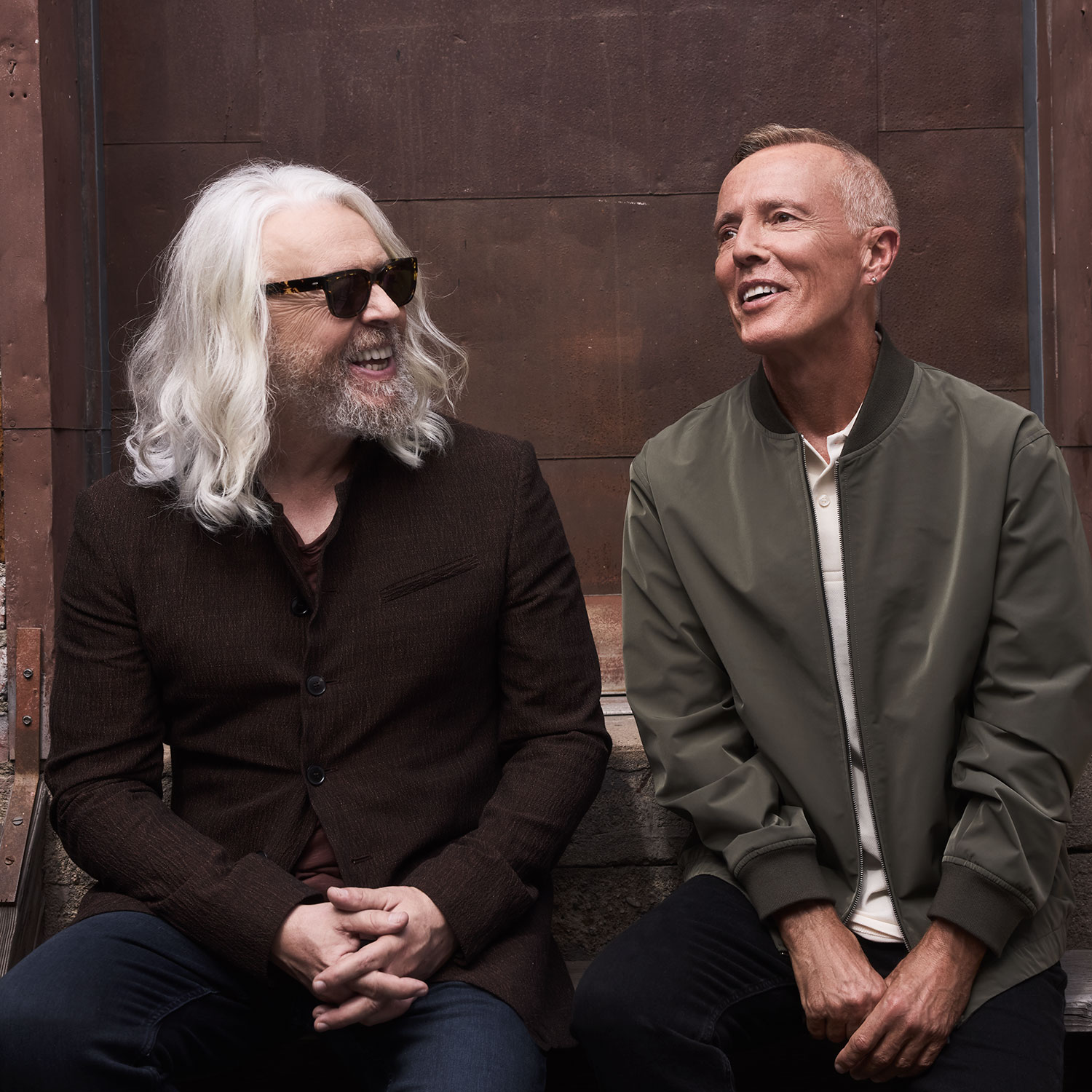
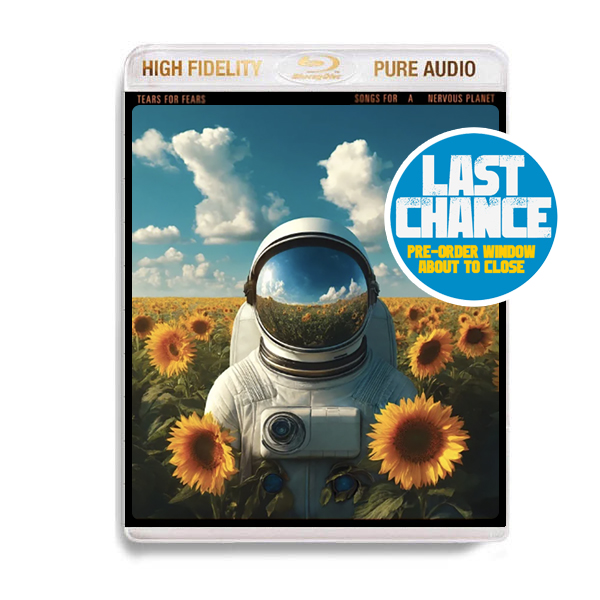
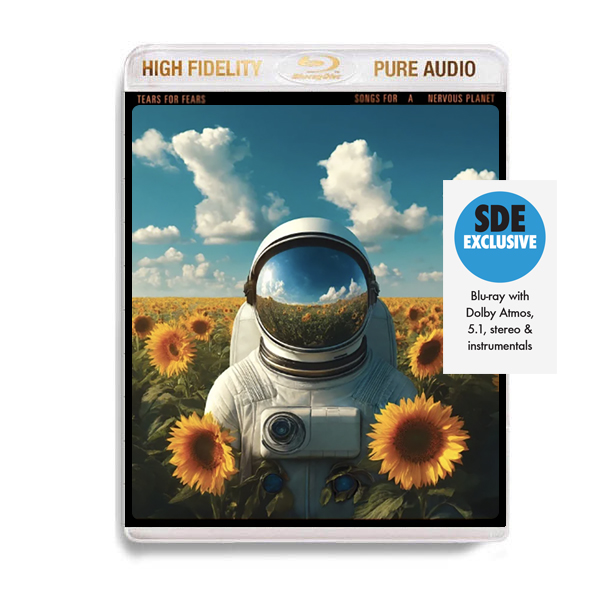
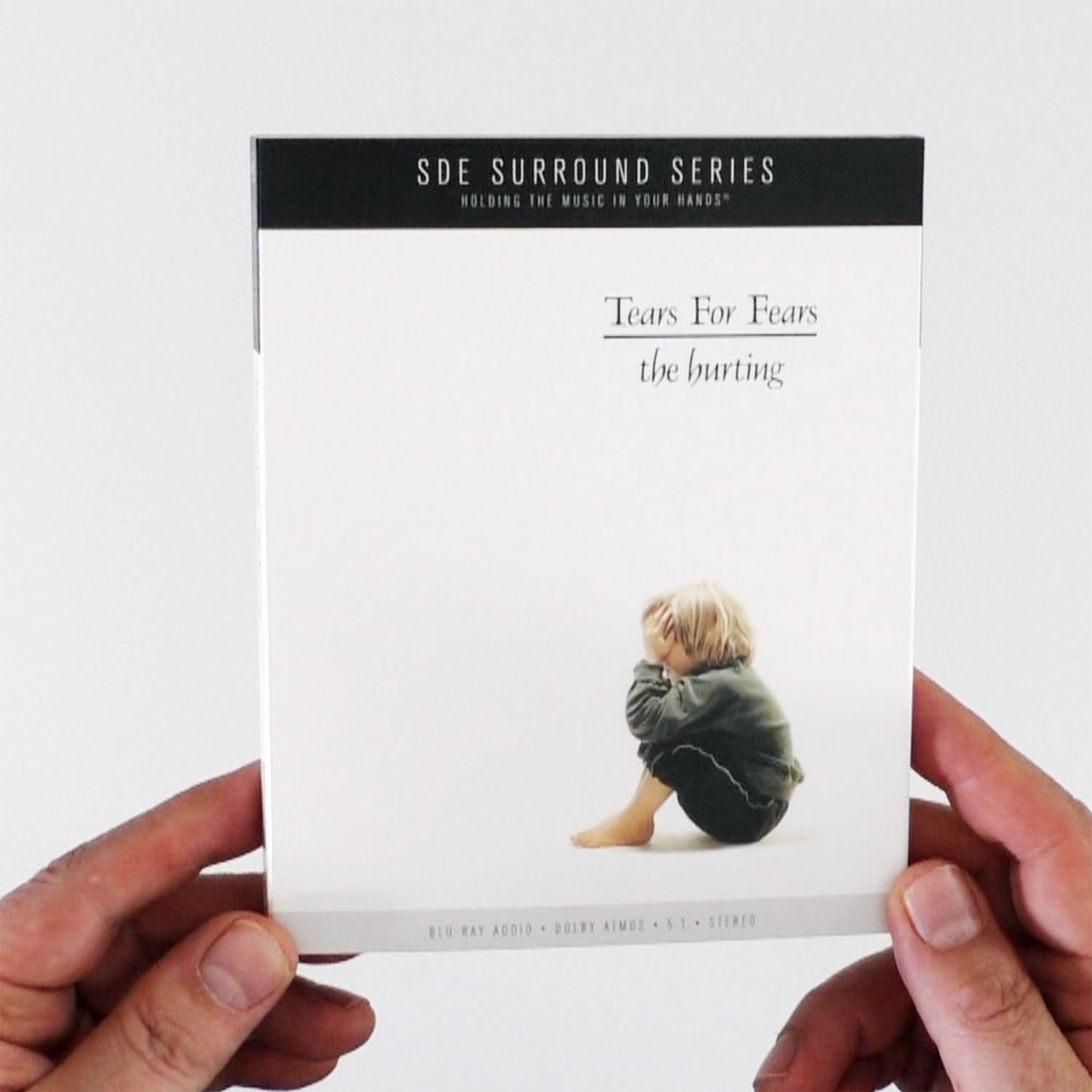
 SDEtv
SDEtv
By Paul Sinclair
85